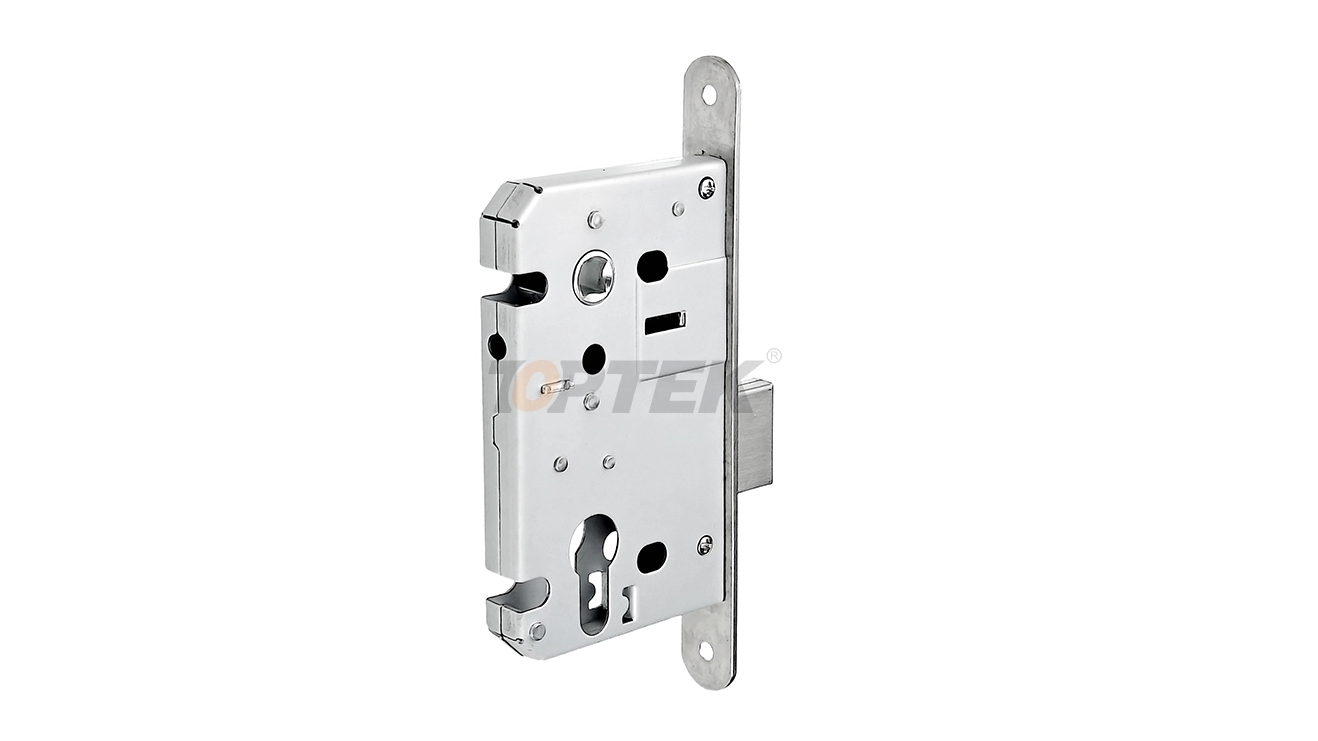Introduction
Smart locks have revolutionized home security by offering convenience, remote access, and advanced features like biometric authentication. However, as with any internet-connected device, they are vulnerable to hacking and cyber attacks. Ensuring the security of your smart lock is crucial to prevent unauthorized access to your home.
In this guide, we’ll explore the risks associated with smart locks and provide actionable steps to protect them from cyber threats.
Common Vulnerabilities in Smart Locks
Before diving into prevention methods, it’s essential to understand how hackers exploit smart locks:
1.Weak or Default Passwords – Many users fail to change default credentials, making it easy for attackers to gain access.
2.Bluetooth and Wi-Fi Exploits – Hackers can intercept wireless signals to bypass authentication.
3.Firmware Vulnerabilities – Outdated software may contain security flaws that cybercriminals exploit.
4.Phishing Attacks – Fake emails or apps can trick users into revealing login credentials.
5.Man-in-the-Middle (MITM) Attacks – Hackers intercept communication between the smart lock and its control app.
Best Practices to Secure Your Smart Lock
1. Use Strong, Unique Passwords
· Avoid common passwords like "123456" or "password."
· Use a combination of uppercase letters, numbers, and special characters.
· Enable two-factor authentication (2FA) if available.
2. Keep Firmware and Apps Updated
· Manufacturers release updates to patch security vulnerabilities.
· Enable automatic updates or check for updates regularly.
3. Secure Your Home Wi-Fi Network
· Change the default router login credentials.
· Use WPA3 encryption for better security.
· Disable remote management features if not needed.
4. Disable Unnecessary Features
· Turn off Bluetooth when not in use to prevent unauthorized access.
· Disable voice control if your smart lock supports it (to prevent voice spoofing).
5. Use a Dedicated Network for IoT Devices
· Set up a separate Wi-Fi network for smart home devices to limit exposure.
· A guest network can prevent hackers from accessing your main network.
6. Monitor Access Logs
· Regularly check who has accessed your smart lock and when.
· Enable alerts for suspicious activity.
7. Choose a Reputable Smart Lock Brand
· Research brands with strong security features and a history of prompt updates.
· Look for locks with encryption protocols like AES-256.
8. Be Wary of Phishing Scams
· Never click on suspicious links in emails or texts.
· Only download apps from official stores (Google Play, Apple App Store).
9. Enable Physical Security Measures
· Some smart locks allow manual key overrides—keep spare keys secure.
· Install a secondary security system (e.g., cameras or alarms) for added protection.
10. Regularly Audit Smart Home Security
· Periodically review connected devices and remove unused ones.
· Check for any unusual behavior in your smart lock’s operation.

What to Do If Your Smart Lock Is Hacked
If you suspect a breach, take immediate action:
1.Disconnect the Lock – Turn off Wi-Fi/Bluetooth to stop remote access.
2.Reset the Device – Restore factory settings and update credentials.
3.Notify Your Provider – Report the incident to the manufacturer.
4.Change All Related Passwords – Update passwords for your Wi-Fi, app, and linked accounts.
Conclusion
Smart locks offer convenience but require proactive security measures to prevent hacking and cyber attacks. By following best practices—such as using strong passwords, updating firmware, and securing your Wi-Fi—you can significantly reduce risks.
Stay vigilant, choose trusted brands, and regularly monitor your smart lock’s activity to ensure your home remains safe from digital threats.
FAQs
Q: Can smart locks be hacked easily?
A: While no device is 100% hack-proof, strong security practices make it much harder for attackers.
Q: Are fingerprint smart locks safer than PIN-based ones?
A: Biometric locks add an extra layer of security but should still be paired with encryption and updates.
Q: Should I avoid smart locks altogether due to hacking risks?
A: No—smart locks are secure when properly configured. Follow best practices to minimize risks.
By implementing these security measures, you can enjoy the convenience of smart locks without compromising safety. Stay informed and protect your home from cyber threats!
Smart Locks
Access Control System
Access Control Locks
English
العربية
Français
Русский
Español
Português
Deutsch
italiano
日本語
한국어
Nederlands
Tiếng Việt
ไทย
Polski
Türkçe
አማርኛ
ພາສາລາວ
ភាសាខ្មែរ
Bahasa Melayu
ဗမာစာ
தமிழ்
Filipino
Bahasa Indonesia
magyar
Română
Čeština
Монгол
қазақ
Српски
हिन्दी
فارسی
Kiswahili
Slovenčina
Slovenščina
Norsk
Svenska
українська
Ελληνικά
Suomi
Հայերեն
עברית
Latine
Dansk
اردو
Shqip
বাংলা
Hrvatski
Afrikaans
Gaeilge
Eesti keel
Māori
සිංහල
नेपाली
Oʻzbekcha
latviešu
অসমীয়া
Aymara
Azərbaycan dili
Bamanankan
Euskara
Беларуская мова
भोजपुरी
Bosanski
Български
Català
Cebuano
Corsu
ދިވެހި
डोग्रिड ने दी
Esperanto
Eʋegbe
Frysk
Galego
ქართული
guarani
ગુજરાતી
Kreyòl ayisyen
Hausa
ʻŌlelo Hawaiʻi
Hmoob
íslenska
Igbo
Ilocano
Basa Jawa
ಕನ್ನಡ
Kinyarwanda
गोंगेन हें नांव
Krio we dɛn kɔl Krio
Kurdî
Kurdî
Кыргызча
Lingala
Lietuvių
Oluganda
Lëtzebuergesch
Македонски
मैथिली
Malagasy
മലയാളം
Malti
मराठी
ꯃꯦꯇꯥꯏ (ꯃꯅꯤꯄꯨꯔꯤ) ꯴.
Mizo tawng
Chichewa
ଓଡ଼ିଆ
Afaan Oromoo
پښتو
ਪੰਜਾਬੀ
Runasimi
Gagana Samoa
संस्कृत
Gaelo Albannach
Sepeti
Sesotho
chiShona
سنڌي
Soomaali
Basa Sunda
Wikang Tagalog
Тоҷикӣ
Татарча
తెలుగు
ትግንያውያን
Xitsonga
Türkmençe
संस्कृत
ئۇيغۇرچە
Cymraeg
isiXhosa
ייִדיש
Yorùbá
isiZulu






































